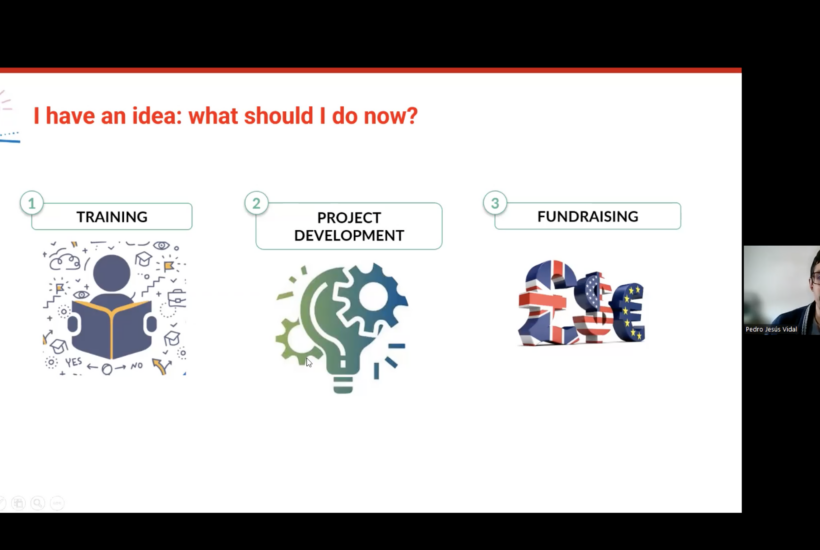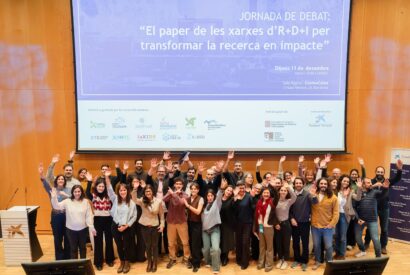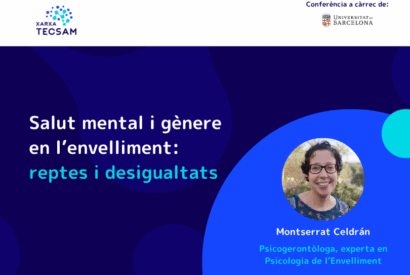Updated mapping of acceleration and financing programs for transfer
Biocat's innovation team has shared some funding sources and acceleration programs of Catalan, national and European scope for researchers.

Biocat has made a review of its own, national and international existing tools to bring projects beyond research
Biocat’s innovation team has shared a detailed map of funding sources and acceleration programs of Catalan, national and European scope available to researchers to facilitate the arrival of their projects on the market.
The XV Breakfast & Learn of the Network, given by three experts in innovation from Biocat, Núria Martí, PhD and director of innovation and business development; Auria Albacete, PhD and Senior Project Leader; and Pedro Jesús Vidal, PhD and Innovation Project Manager, has allowed us to better understand and in depth the available options.
Regarding the search for funds, Vidal has pointed out that it is considered the most arduous phase of the transfer, and that researchers can access public subsidies or scholarships or, well, private sources. In this sense, he mentioned the ACCIÓ and AGAUR calls as an option in the public sphere; while on the private side, he refered to some state calls, as NEOTEC, ENISA Funds, Torres Quevedo or MICINN, and others at a European level, such as EIC Pathfinder, or EIC Accelerator. The portal for calls for funding of the TECSAM Network has also been especially highlighted.
Vidal has also shared information about the Invest BioRegion Portal, a tool promoted by Biocat, which helps research projects and startups to attract funding. It is a portfolio or showcase of outstanding projects with the potential to receive investment. Thus, it allows solutions (in the case of projects, they must be in an initial stage of development) to contact, establish connections and start collaboration agreements with investors, venture builders, corporates, etc.
Resources for project development
Apart from the financing tools, thanks to Àuria Albacete, we have been able to learn about some resources available to the research community to speed up the development of their innovative solutions.
Thus, she has divided its exhibition into incubation and acceleration programs, depending on the degree of technology development (TRL), the objectives and needs of the project. Regarding incubation, for earlier projects, he mentioned the Pre-Incubation program of Barcelona Activa, the Innovation Program of CIMTI or the Vision Health Pioneers, the latter of an international scope and oriented to the definition of the business model and validation of technology.
As for acceleration programs, he has listed a considerable number of options accessible to researchers: CRAASH Barcelona, a Biocat initiative in collaboration with CIMIT Boston, CaixaImpulse from Fundación La Caixa, CIMTI’s Impact Program, the Call for Technologies 2023 by The Collider or the EIT Health Bootcamps, among others.
He has also shared the Moebio article with tips for choosing the acceleration program that best suits the project.
Albacete also wanted to highlight the key role of the Tech Transfer offices in Catalonia, as well as some public technology centers, such as Eurecat and Leitat, which play a key role in boosting and promoting innovation in the health ecosystem.
Training tools
The senior project expert lamented the low number of training programs and courses for young innovators who want to start in the field of innovation and entrepreneurship. However, she has exposed some of the existing options in the Catalan and national market.
In this way, she has mentioned the d-Health program, a Biocat initiative with the aim of training innovators in health. This course allows developing solutions from scratch according to the unsolved needs in the field of health.
He has also made reference to the UB Master’s “Innovation and Entrepreneurship” or some non-regulated courses, such as MOEBIO, the training programs of Barcelona Activa or The Collider.
Insights from the innovation ecosystem of Catalonia
This virtual meeting had an initial exhaustive review of the ecosystem of research, transfer and investment in Catalonia. According to Núria Martí: “a dynamic, rich and collaborative sector that has the necessary ingredients: research, talent and companies” to be attractive to foreign investors.
In this sense, Martí stressed that Biocat’s objective is to maximize the economic and social impact generated by the ecosystem, through the promotion of entrepreneurial projects and the positioning of Catalonia as a leading international innovation hub.
The speaker also highlighted the publication, on Monday, February 13, of the latest Biocat Report, which provides relevant growth data and prospective opportunities in the life sciences and health sector in Catalonia.
This session allowed to learn about Biocat’s knowledge in terms of transfer and innovation from research. Specifically, the experts have shared resources in terms of training, incubation and acceleration and, also, financing.
Now you can see the virtual meeting on deferred again!

